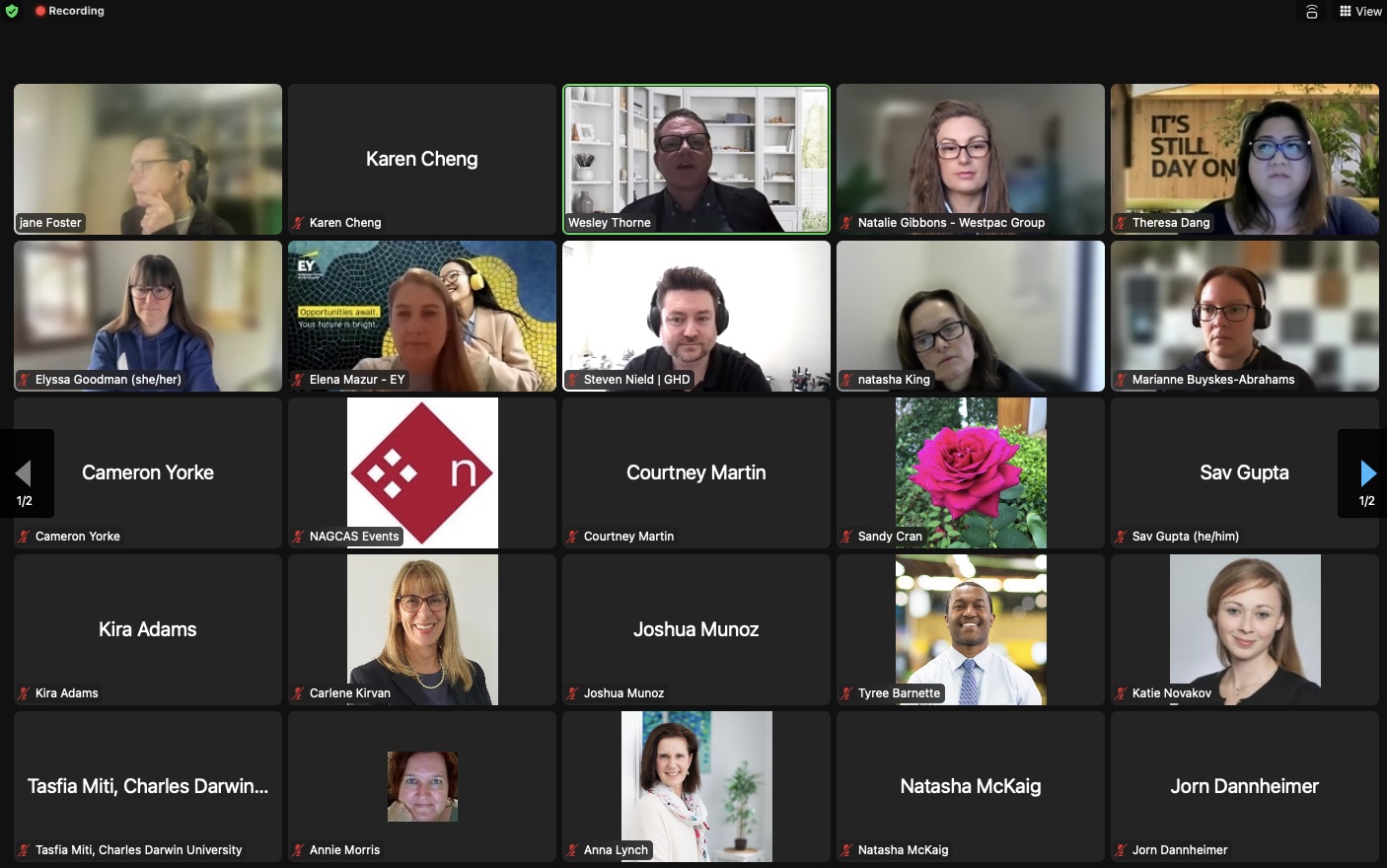So you want to start hiring graduates, but how many should you hire? Which area of the business should you allocate them to?
In our recent virtual panel on Effective Partnerships Between Graduate Employers and Career Services with the National Association of Graduate Careers Advisory Services (NAGCAS), seasoned grad employer representatives shared their insights on how they go about the graduate hiring process.
1. What are your goals for the upcoming financial year?
Elena Mazur (Oceania Campus Talent Acquisition Lead, EY) highlights that the first step is to get together along with key stakeholders and assess current and future workforce needs for the following Financial Year. Some things to consider could be:
- Does the company have any growth projects you want to focus on?
- Does the company have any strategic goals you want to achieve?
- Are you creating any new hubs within the business?
- Are you acquiring any new companies?
2. Assess your current workforce
The next step is to assess your current workforce so you can determine the number of new grads you want to bring in and whether you want to hire them for a specific skillset.
- Are current grads being effectively utilised?
- Do you have enough entry-level positions to support your current team well?
- Are you experiencing high levels of reneges on your junior roles?
Natalie Gibbons (Graduate Program Manager, Westpac Group) emphasises that this is a process of multilayered communication between senior leaders within each business area and their respective finance delegates.
3. Consider the costs
Naturally, a key deciding factor of what headcount number is feasible all links back to the budget. An important consideration is whether your grads will be:
- Centrally funded
- Costs are managed centrally within the company
- Or Business funded
- Each team within the company who want to hire are responsible for the costs of their own grads
While it’s difficult for businesses to forecast exactly what they’ll be doing throughout the financial year, both Elena and Natalie highlight the importance of nudging the business to start the process early (September – October) and having a general picture of hiring numbers by the end of December so grad offers can be made for potential candidates from Summer Vacation Programs. That being said, be prepared to be flexible and account for last minute projects that might spring up!
4. Plan an engaging campaign
Once you’ve determined the hiring needs, it’s now time to ensure you attract the top candidates you want by executing a great hiring campaign. From engaging posts on social media to on-campus events, here are some things to keep in mind:
- Make sure you understand the current grad hiring market
- What is it that students actually want from their prospective employers?
- How are students feeling about the grad hiring process in general?
- Find out more student insights in our 2022 GradConnection Student Survey Sentiment Report
- Is there a specific skillset you’re hiring for?
- If yes, is there a tailored event you can run to attract to attract students to that specific skillset?
Read more of our top tips to keep in mind when your job campaign is live here.
 |
| Thank you to everyone who attended our NAGCAS panel! |
 | Natalie Gibbons Graduate Program Manager, Westpac Group |
|  | Elena Mazur Oceania Campus Talent Acquisition Lead, EY |
